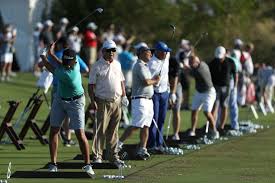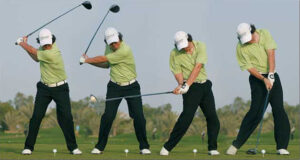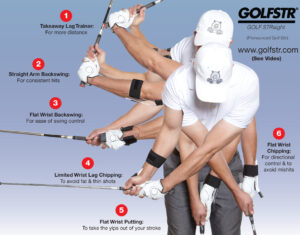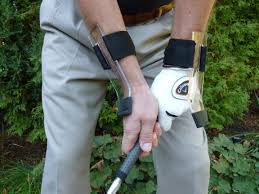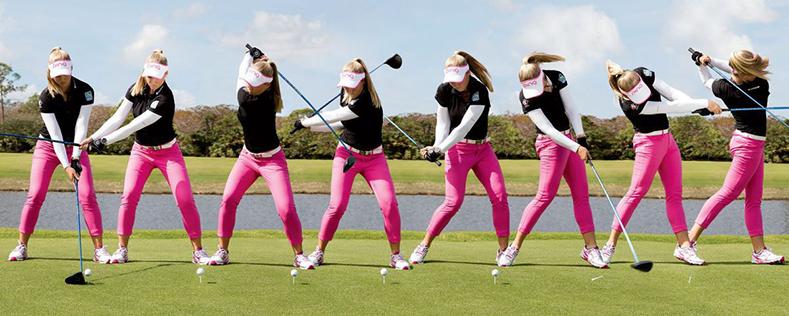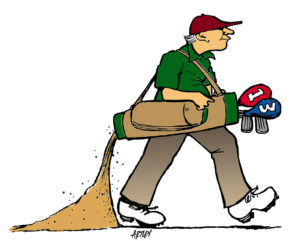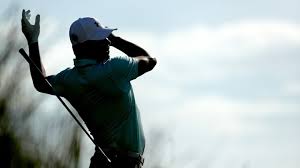Non-golfers think you have to be mentally unstable to play this game. So let’s put the non-golfer thoughts aside for this blog and cover some of the mental problems that we may have with our game. Why are there so many products offering to help you hit 4 yards, 10 yards or 30 yards longer on every drive or the perfect chip for the latest and greatest wedge?
It’s a MENTAL GAME! If you believe in success, you can make it happen. FAT CHANCE!
Advertisers know that every golfer is looking for a new easier way to improve their game. If they can make you believe that they have the miracle cure then they win by making a sale. Fortunately we all want to believe that their offer of new and improved product will fix our game. That’s why we buy the latest and greatest. Of course a small percentage of our perfect shots will prove that we have made the right decision to purchase a new solution for our golf game.
I love those offers for golf socks that are “Scientifically Proven” to improve your game. They add 13 yards for your average driver shot and 6 yards for your average 6 iron shot. High resolution ads with inspiring music (that block out half of whatever the announcer is saying) get you in the mood to make your purchase. Too bad that the socks (in all colors) are regular high cut socks and the demonstration golfer is wearing low cut white socks. The golfer talks about a game of small improvements to help you make your purchase. Anything to sell the product.
Socks that fit well! Copper infused gloves! Lead lined jockstraps! What’s next? Golfers really are a crazy lot. We will almost try anything as long as it promises to improve our game. Unfortunately ONLY consistent controlled shots will lower your score. Lessons and practice will help you make the perfect layup. Longer controlled shots will happen as your strength and game improve.
Obvious Mental Improvements
Wearing products to make you feel good and playing with clubs that are comfortable for your game are both good ideas for the average recreational golfer. Unfortunately you really should be looking for solutions to improve the CONSISTENCY OF YOUR SWING for driving, approach shots and putting. Looking and feeling good is a nice start but it’s NOT going to lower your score.
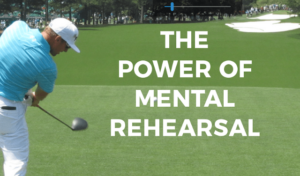
Your practice swing with a speed that you can duplicate during your actual swing is so important to your mental success.
Practice with products like GOLFSTR+ to swing on plane with wrist lag, a straight leading arm and a flat leading wrist for more consistent, controlled shots. When you hear that whoosh at the point of impact you know that your swing is in control. Buy one today at www.GOLFSTR.com
GOLF LAW #18: The shortest distance between any two points on a golf course is a straight line that passes directly through the center of a very large tree.





